|
Radschool Association Magazine - Vol 35 Page 7 |
|
Privacy Policy | Editorial Policy | Join the Association | List of Members | Contact us | Index | Links | Print this page |
|
My Story! |
|
|
|
Ken Marks.
I joined the RAAF in July 1964 and served for 9 years. During that time I experienced mateship, training and travel. At Radschool I trained first as a radio mechanic and then as a radio technician and worked on aircraft systems. As a radio mechanic I was stationed at Townsville with 10 Squadron and enjoyed working with 618T-3s and the associated Antenna coupler fitted to the SP-2H Neptune. As a tech I was posted to Maintenance Squadron East Sale and experienced the joys of Vampire, Dakota, Winjeel, Macchi and HS748 aircraft maintenance. In late ’68 it was on to 1 BOCU at Amberley and the “queen of the skies” the Canberra.
You guessed it! I was posted Phan Rang, South Vietnam with 2 Squadron working on Canberras. Turbulent times and Jock Penn and I were awarded Mentioned-In-Dispatches (MID). Noel Mills, Graham Jenkins and I designed and built an AM broadcast station operating on 833 kilohertz.
Ken (left) hard at work on a foreigner.
This provided some alternative relief for airman at Phan Rang. Many became announcers, technicians etc; to help them while away those off duty hours. During our time at Phan rang we lost two aircraft and A84-231 was only found in 2009 and the aircrews bodies repatriated to Australia. The other crew ejected, they were recovered from the jungle the next day.
|
|
|
|
|
|
Phan Rang Radio Section 1970. (Click the pic for a better view)
|
|
|
|
Rear L-R Laurie Griffiths, Gary Olsen, Graham Nielson, Geoffrey Neill, Noel Mackrill, George Clark, Thomas Ball, Robert Carpenter Front L-R Phil Williams, Noel Mills, Richard Grieff, Graham Jenkins, John “Jock” Penn (F/Sgt) Phillip Mole, Francis Lepinath, Gregory Turpin
|
|
Phan Rang Radio Section 1971. (Click the pic for a better view)
|
|
|
|
Rear L-R: ….Bruce Purcell, Dave Weeks, Peter Nicholls, Noel Mills, Graham Kingston, Dave Miller, Peter Maher, Ken Marks Front L-R:….Ian Cox, Bob Rose, Robert (Roy) Dash, Tom Bevan, Cyril McPhee, Roy Egginton, Dave Weeks
|
|
After Vietnam I was posted to RAAF Richmond. I served with 486
Maintenance Squadron for 6
9 years had passed and it was out into the “world”. First completed a one year day matriculation course and matriculated to Sydney Uni for a degree in Applied Science and then onto Macquarie Uni for a BA. I was employed by Philips Industries as a commercial engineer and wrote the colour television service manuals and trained technicians around Australia on servicing these sets.
In 1978 I was employed by Plessey Australia as a commercial engineer rising to Marketing Manager and travelling overseas to solve engineering problems that various divisions had with components such as CMOS for military applications and scattered infra-red imagery devices for heaving industry mining applications.
|
|
Graham Jenkins, George Clark and Bob Carpenter, Bomb Dump, Phan Rang
(Click the pic for a better view)
|
|
|
|
In 1980 I became a company director of All Systems Electronics and J H Jark Electronics. We manufactured electronic devices and supplied services to engineering companies such as Mine Safety Appliances (MSA). I was appointed Divisional Manager of MSA‘s Instrument Division during this time and oversaw the introduction of the first underground computer gas monitoring system at Bellambi Coal mine on the south coast of NSW. We also designed and assembled the equipment for gas monitoring of the Navy Hyperbaric chambers.
In 1983 I worked at Electrical Equipment Ltd and finally started to do some part-time teaching in NSW Public Schools. In 1984 I was also to work at AWA as a technical writer for Defence and Commercial manuals for engineers down to operators.
|
|
1986 saw me working in the NSW Disadvantaged Schools Program (DSP) and
the Aboriginals after school program. I taught for between 2 and 4 hours
at four high schools and five primary
This involved teaching Plant Robotics, Process Control and Integrated Circuit Applications at the Sydney Institute of TAFE.
Ken playing last post at Gooloogong NSW, 2009
In 1991 I was employed to teach Science and Electronic Media at St Columba’s High School Springwood NSW. During the previous 4 years I was also the Bandmaster of Parramatta City Band.
|
|
Jock Penn George Clark Noel Mills and Roy Dash, Phan Rang, Christmas Day. 1970
(Click the pic for a better view) |
|
|
|
I was affected by the Vietnam War but would not admit it, and in 1992 during the break at the end of the second term suffered a mental breakdown and was later granted a Totally and Permanently Incapacitated (TPI) pension. I of course retired from teaching. The following years were difficult and I spent time in St John of God mental hospital at North Richmond and met many other men with similar problems.
In 2005 I enrolled in a Graduate Diploma of Music Education (Instrumental) and graduated in 2007 at UWS Western Sydney. It was in 2007 that I decided to write a unit history of 2 squadron’s involvement in the Vietnam War. This involved accessing the unit history from Canberra and collecting memories of a range of airmen who served between 1967 and 1971.
Eventually I had a collection of 22 sets of recollections of the time from a commanding officer (John Downing) through to a padre (Bill Wheeler) including Pilots, Navigators, Motor Transport Drivers, Ground Crew, General Hand, Wife and Son of a Vietnam Veteran to name a few. Many veterans sent photos and other material. I digitised the aircrew records and analysed the unit history. Eventually the stories, the facts and the photos were put together and the book “Remembrances – A History of 2 Squadron RAAF 1967 to 1971” finally was ready for publication.
In 2011 the book was published.
My contact with members of the RAAF with whom I served and the experiences we shared has been of importance to me and my family. |
|
|
|
********** |
|
Ken’s book, REMEMBRANCES, is available, we’ve got a copy and it is an excellent read. If you were at 2 Sqn at any time, you should have a copy.
The book is framed around the memories of seventeen 2 Squadron blokes. Their remembrances are in chronological order. A Chronology of significant events is included as well as nearly 200 photographs and illustrations.
Each year contains annexes that include members who served during that year, tables of bombing BDA statistics, Aircrew Sorties flown and more. The final annexes contain Primary Source resources for academics and students alike.
If you want a copy, you can order one from HERE
|
|
Tom, Dick and Harry were in their local pub on the East side of Hobart, enjoying a few quiet drinks one Friday night, when they decided to get in on the weekly footy raffle. They bought five $1 tickets each, seeing it was for the team trip... The following week, when the raffle was drawn, they each won a prize. Tom won the first prize - a whole year's supply of Heinz gourmet spaghetti and sauce. Dick was the winner of the second prize - six month's supply of Woolworths' gourmet coffee. Harry won the sixth prize - a toilet brush and holder. When they met in the pub a week later, Harry asked the others how they were enjoying their prizes. "Great," said Tom. "I love spaghetti." "And I'm really loving the coffee," said Dick. "So how's the toilet brush, Harry?" "Not so bloody good, I'm really sore" Harry said, "I reckon I'll go back to toilet paper..." |
|
The Mighty Mustang.
Recently, two mates of mine drove up from the central highlands area of NSW to the small airfield at Caboolture, about 50 klms north of Brisbane, to take a flight in one of the few fully-restored war-time Mustang P-51D aircraft still flying – and of course, we went along to have a look. The aircraft is operated by Mustang Flights, a syndicate of 11 people who all have shares in the aircraft and who all love flying the old girl. (Click the images for a better view). And of course, as is usual in Queensland, the weather was perfect.
In late
1939, with the likelihood of full scale war in Europe a major concern,
the RAF was looking seriously at methods of quickly increasing its
fighter strength. They approached North American
These aircraft became known as Mustang Mk I (P-51) and Mk II (P-51A).
The original 1,150 hp Allison engine lacked performance at high altitude so the RAF employed the early Mustangs on low-level armed tactical reconnaissance sorties. Development continued and the biggest improvement was the replacement of the Allison engine with the Packard V-1650-7 which was a license-built version of the Rolls-Royce Merlin 60 series with a two-stage two-speed supercharger. This became the P-51D. Early in 1943, the US were losing far too many B-17 bombers in their day-light raids into Germany and they soon realized that sending un-escorted bombers into enemy territory in broad day-light was not the smartest thing to do, so they looked around for an appropriate escort fighter. They had their twin engined Lockheed P-38 Lightnings which had the range, but these were only available in very limited numbers in the European theater due to its Allison engines proving difficult to maintain. The P-51D proved to be ideal, In general terms, it was a simple aircraft, it used a single, well-understood, reliable engine and had internal space for a huge fuel load. With external fuel tanks, it could accompany the bombers all the way to Germany and back.
The aircraft at Caboolture is an ex RAAF P-51D (Australian nomenclature CAC 18 Mk21) which was built at the Commonwealth Aircraft Corporation (which built 200 Mustang aircraft) in Melbourne in 1947 – too late for service in WWII. It came out of the factory as A68-110, was delivered to 1AD/ARDU at Laverton then after acceptance, was sent to 78 Wing at Willytown then down to East Sale where it worked from 1950 to 1956. It was eventually Board of Surveyed and ended up in the USA in private hands. While in the US it was involved in a taxiing accident and although the airframe had done only about 500 hours, it was ‘retired’.
me years later, it was found by the syndicate, purchased and brought
back to Australia where it
was fully
restored over a 7-year period by Sandora Aviation at Caboolture and had
its first post-restoration flight in January 2002. It was decided to
restore the aircraft as
A68-769, which were the markings of Kev Weatherspoon Bit squeezy in here!!
The two pilots, both syndicate members, who flew the aircraft the day we were there were Mike McConnel, who flies the Boeing 747 with Cathay Pacific and Mark Hall who flies the Airbus. Both these blokes are based in Hong Kong and fly back to Oz just to fly the ‘Stang.
For us, it was worth the drive to Caboolture just to hear the magical sound of the big V12 engine at full chat on take off, and my mate’s only comment after his 20 minute flight, was “Wish I’d have taken a 40 minute flight!!!”
If you’re interested in taking a flight in the ‘Stang, or if you just want to go and have a look at it and hear that magical sound, you can get further details HERE.
The last RAAF squadron to finish with the Mustang was 24 Sqn, the Adelaide Week-end Warriors, who flew it until June 1960.
The Specs are:
|
|
|
|
|
|
Click HERE to see more photos of the P-51D at Caboolture.
|
|
A man was telling his neighbor, 'I just bought a new hearing aid. It cost me four thousand dollars, but it's state of the art.. It's perfect.' 'Really,' answered the neighbor . 'What kind is it?' 'Half past ten..'
|
|
Back Go to page: 1 2 3 4 5 6 7 8 9 10 11 12 13 14 15 16 17 18 19 20 Forward
|

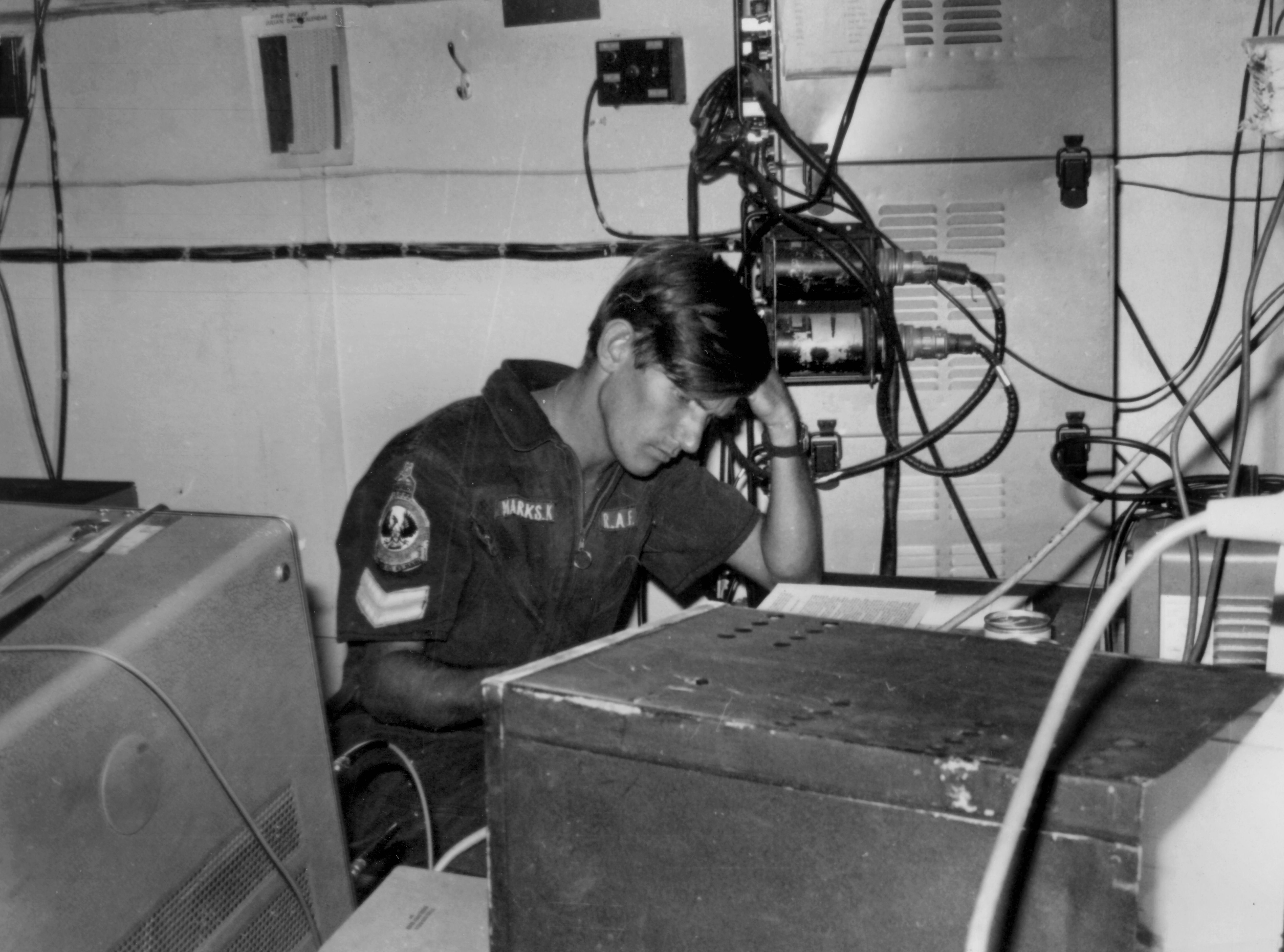
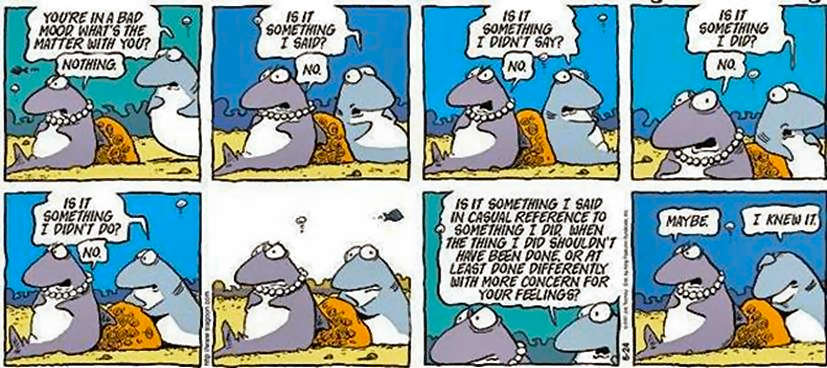
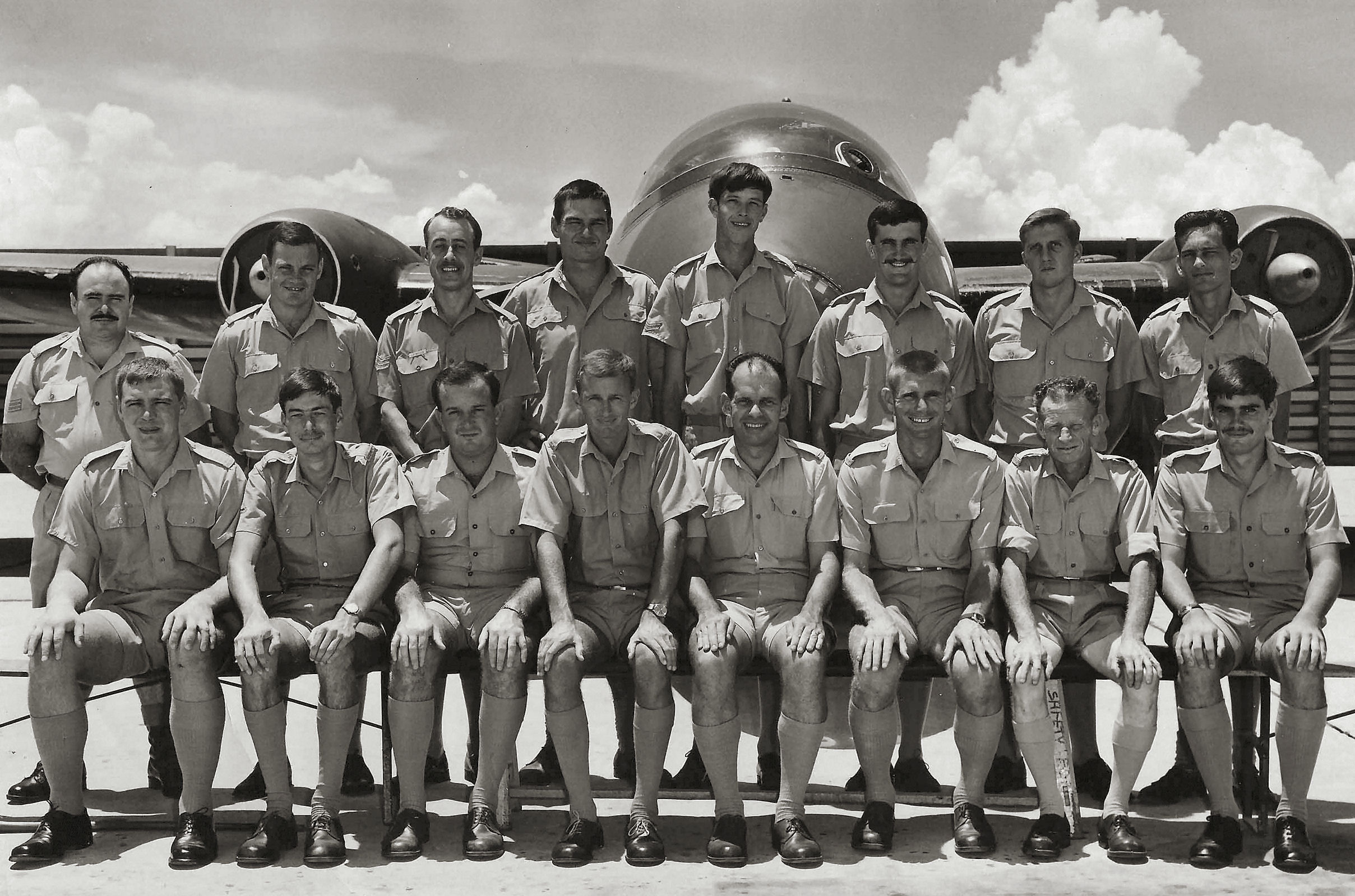
.jpg)
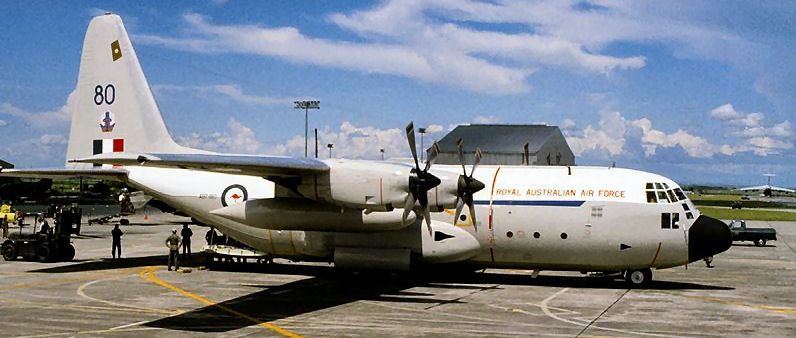

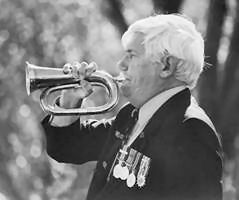
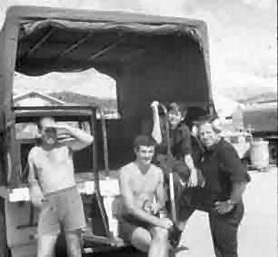
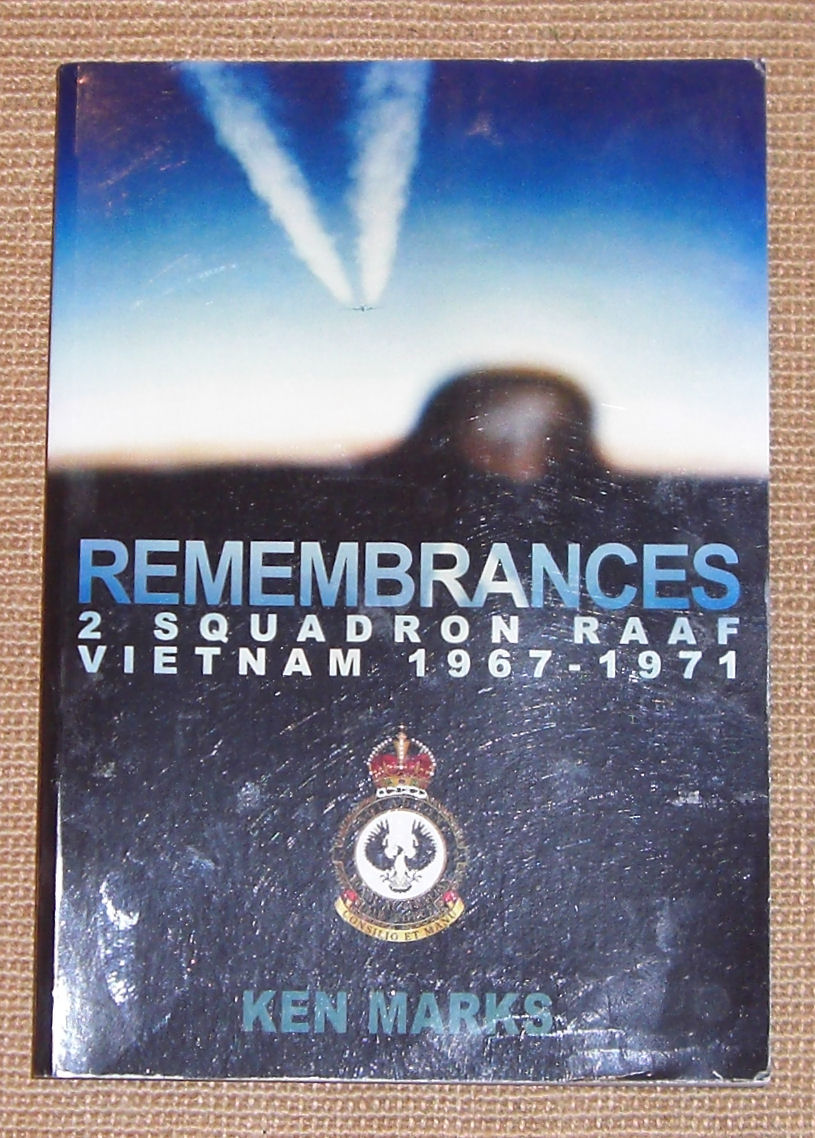
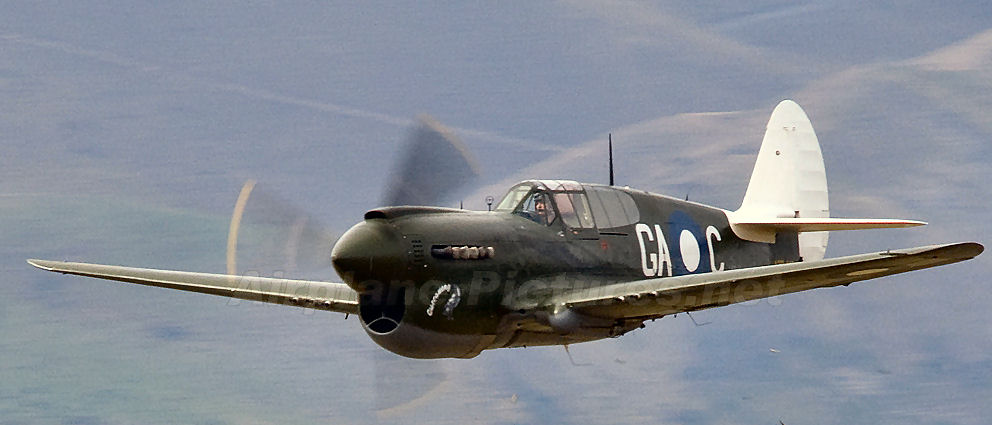 Aviation and asked them to build the P-40 for them, but, as the P-40’s
design dated from 1933, "Dutch" Kendelberger, the president of North
American offered to build them an entirely new fighter using the same
Aviation and asked them to build the P-40 for them, but, as the P-40’s
design dated from 1933, "Dutch" Kendelberger, the president of North
American offered to build them an entirely new fighter using the same
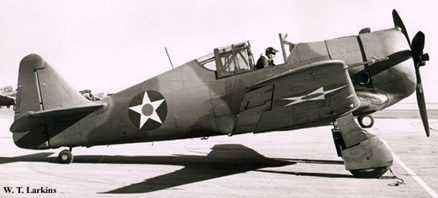 He
put together some ideas and the British agreed on the new type on the
stipulation that a prototype be on hand within 120 days. North American
designers set to it and a prototype was finished in 117 days – but it
didn’t have an engine. Wheels also had to be borrowed from an
He
put together some ideas and the British agreed on the new type on the
stipulation that a prototype be on hand within 120 days. North American
designers set to it and a prototype was finished in 117 days – but it
didn’t have an engine. Wheels also had to be borrowed from an 